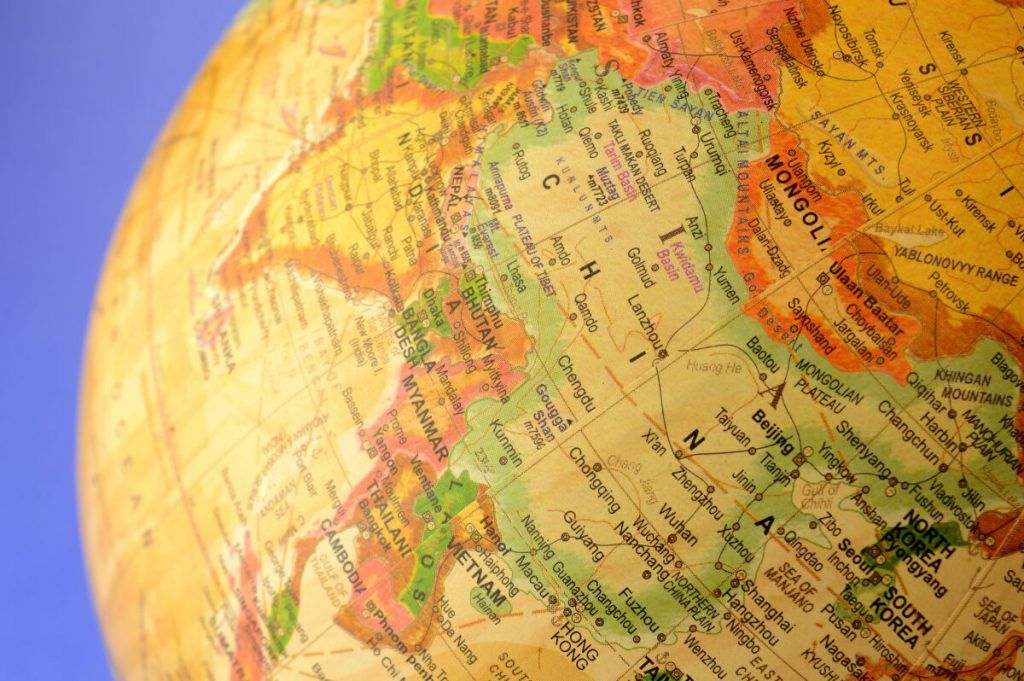In the first round of negotiation of the Indo-Pacific Economic Framework, 14 countries focused on agriculture-related provisions and initiatives.
In May 2022, the United States launched the Indo-Pacific Economic Framework for Prosperity (IPEF) with Australia, Brunei Darussalam, Fiji, India, Indonesia, Japan, the Republic of Korea, Malaysia, New Zealand, the Philippines, Singapore, Thailand and Vietnam.
On agriculture, in the first round of negotiations, held in Brisbane, Australia, from December 10-15, 2022, the countries agreed to promote food security and sustainable agricultural practices, including promoting the use of appropriate technologies to enhance sustainable and climate-smart production practices that are contextually appropriate and evidence-based.
Countries also agreed to increase productivity while optimizing land, water and fuel use; and help contribute to climate change mitigation and adaptation, food security and resilience.
Indo-Pacific Economic Framework
In addition, consistent with the World Trade Organization (WTO) Agreements, the negotiating ministers said they will seek to improve the resilience and connectivity of the food and agricultural supply chain; avoid unjustified measures that restrict imports of food and agricultural products; improve the transparency of regulatory processes and procedures; advance science- and risk-based decision making to protect human, animal and plant life or health; and promote the use of digital tools and other means or means of cooperation on regulatory and administrative requirements.
Other objectives include: improving processes and promoting cooperation on regulatory and administrative requirements; avoiding unjustified bans or restrictions on exports of food and agricultural products; and promoting the use of digital tools and other relevant means or arrangements to reduce compliance costs in international food supply chains.
Integration
U.S. foreign direct investment in the region totaled more than $969 billion in 2020 and has nearly doubled in the last decade.
The United States is also the leading exporter of services to the region, helping to drive regional growth.
According to the White House, trade with the Indo-Pacific supports more than three million U.S. jobs and is the source of nearly $900 billion in foreign direct investment in the United States.
With 60% of the world’s population, the Indo-Pacific region is expected to be the largest contributor to global growth over the next 30 years.
![]()

